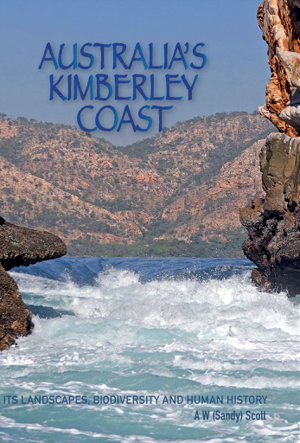| Thu | closed |
| Fri | closed |
| Sat | 10am – 5pm |
| Sun | 12pm – 4pm |
| Mon | 9am – 5:30pm |
| Tue | 9am – 5:30pm |
| Wed | 9am – 5:30pm |
Ask our staff anything about our shop or products, or share your feedback.
The Kimberley coast, the remote north western region of Australia, has been the homelands for many Indigenous clan groups for tens of thousands of years and as a region it remains pristine, free from large communities, agriculture and heavy industry.
Following some years away from their traditional coastal territories, the new generation of rightful Aboriginal owners are now reviewing the situation and are assessing how to manage their assets. Pristine and remote features have in recent years also been most attractive to scientists and travellers: scientists wanting to understand the regions biodiversity and the extensive rock art are just two of the many lines of enquiry, while the travellers admire the wonderful colours and shapes of the rock coast with its many untouched islands, bays and estuaries. In addition to their extremely long prehistory, the indigenous people of this coast and hinterland have experienced many foreign visitors including Macassan fishermen, European explorers, missionaries, passengers from a beached ship and crews surviving near-fatal aeroplane landings. Combined with a rich cultural history, much of which is expressed in rock painting, it is easy to appreciate why the Kimberley coast is attracting attention from many quarters. Travellers are also attracted by the biodiversity which they may experience on the open water watching whales and turtles or exploring the animal life on mud flats and among the mangroves. Written by a long time visitor, educator and scientist Sandy Scott, Australias Kimberley Coast provides a consolidated account about the landforms, biodiversity and human history of this coastline. Sandy has written this well illustrated book in easy-to-understand language, the opening chapters of which provide broad introductions to some of the principles governing the land forming processes, factors influencing biodiversity and features of the first people and coastline visitors. The chapters that follow have interesting descriptions of over sixty sites visited between the Lacepede Islands and the Berkeley River.


